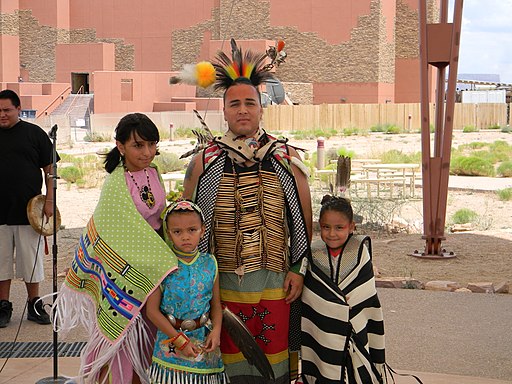When many of us think of the National Parks, the Grand Canyon almost immediately comes to mind. Although not the most visited of the parks – that honor goes to the Great Smoky Mountains – the Grand Canyon stirs images of pioneers, adventure, and a uniquely American road trip.
However, on the western rim of the canyon lies a different experience. While the North and South rims are owned by the National Park Service, the Western rim is owned entirely by the Hualapai tribe of Arizona. Not only can you still take in the majesty of the canyon, you can also learn about the “People of the Pines” (as the name means) and support one of the many great tribal nations of our country.
Hualapai, and its close cousin Havasupai, are classified as Yuman-Cochimi languages, found in Baja California and Arizona. There are only about 2500 tribe members and 1500 speakers of both languages combined, roughly 1,000 Hualapai and 500 Havasupai. The original territory covers about 105 miles of the southern side of the Grand Canyon, where pine trees are plentiful and survival was easier than in other parts of the desert.
Like many languages found in the region, the language is now officially recognized with Latin script, due to a lack of written language in pre-colonial times. Common among other languages of the region, one of the most notable features of Hualapai is its use of affixes in nouns; whereas English would use a separate word to indicate intensiveness or definiteness, Hualapai simply attaches a prefix (-vi for very) or suffix (-a for the).
Another notable linguistic feature is switch-reference. Switch-reference, common among Pai languages, is when there is a structure available that allows a sentence to indicate whether a subject is the same for multiple different verbs in a sentence. Unlike English, where we must assume this is the case until there’s a new subject, or clunkily write a sentence such as “He woke up and he ate breakfast,” Hualapai will add a “-k” to for identical subject references and an -m indicator for different subjects.
Although UNESCO has declared Hualapai to be a vulnerable language, there are some clear indicators the language is in many ways alive and well. There have been some noted dialect differences between tribal elders and younger speakers, indicating casual and contemporary use, and if you visit Grand Canyon West, you can buy bilingual children’s books in both Hualapai and English based on traditional stories. Classes are also available for tribal members wishing to connect to their heritage. With the availability of these books, in addition to a comprehensive grammar and preservation efforts for the Interior Department and UNESCO, Hualapai will most likely endure and continue its rich heritage for generations to come.
Further Reading
Hualapai Reference Grammar
Yavapai-Hualapai-Havasupai Indian Language (Pai, Walapai)
One of the stories found in the Hualapai/English book
Havasupai–Hualapai language on DBPedia

